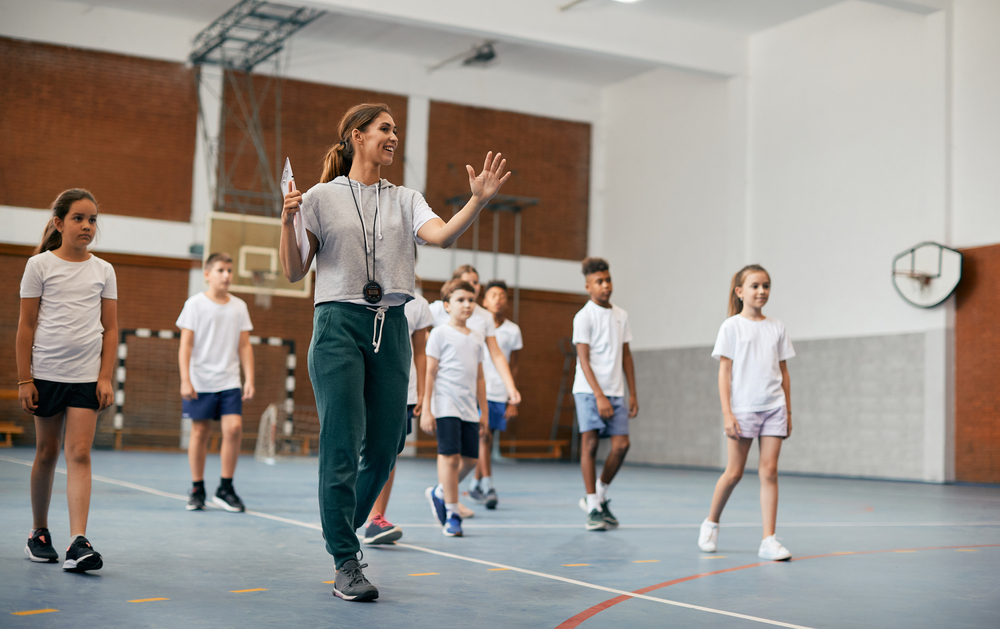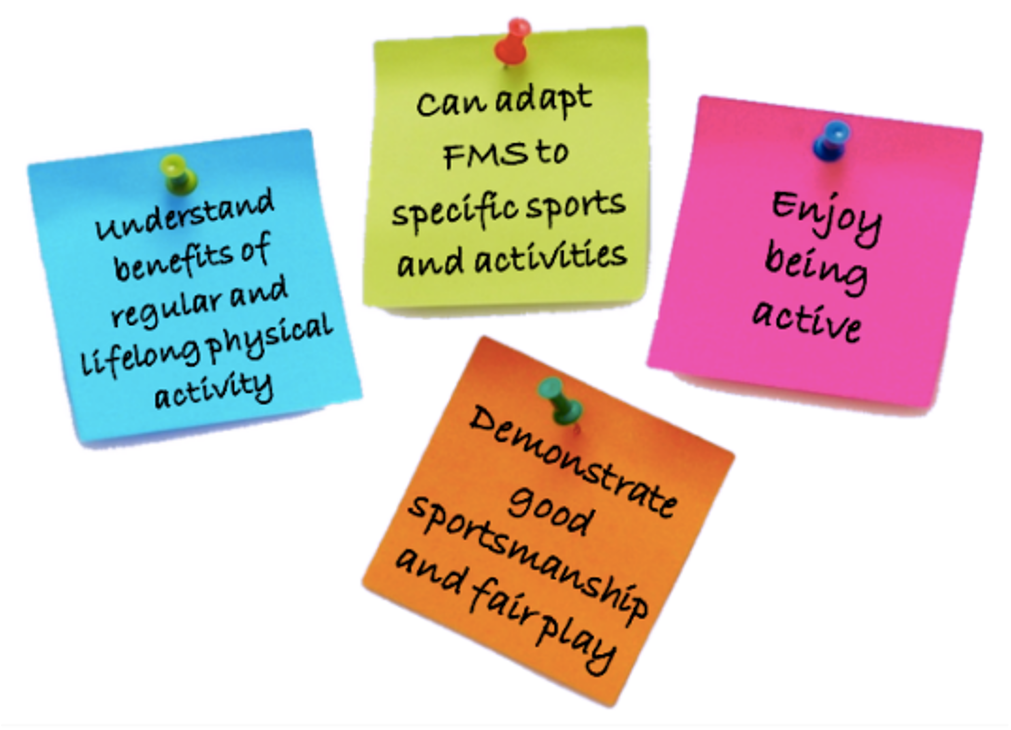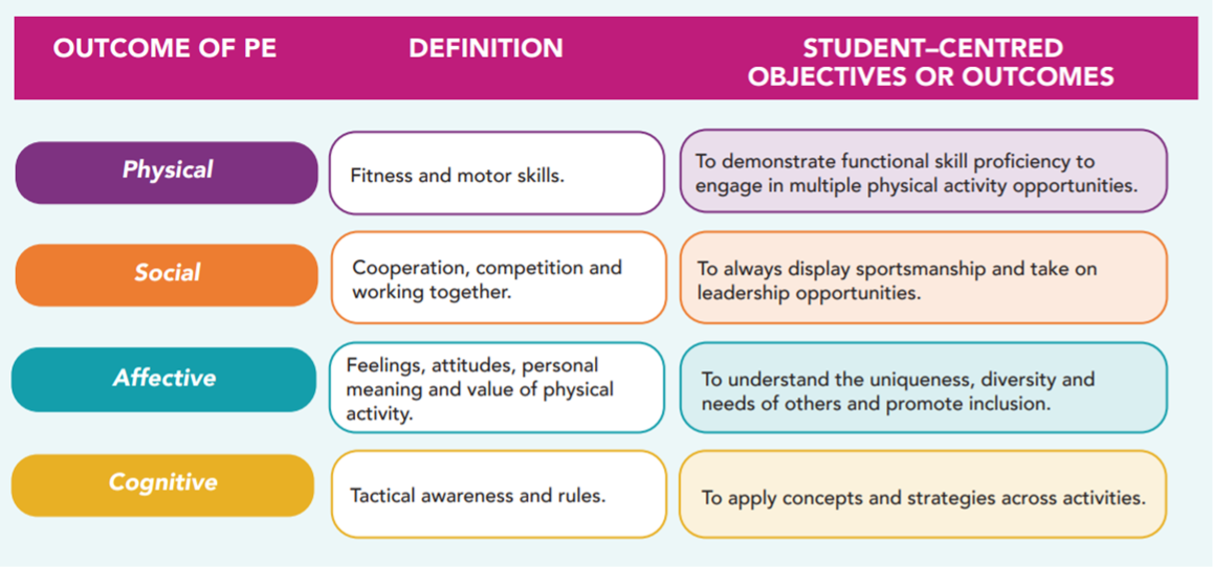
2025 ACHPER Victoria State Conference program is now live!
2025 State Conference program released, early bird closing soon and details of a scholarship for small, regional and remote schools!
 When asked, can you readily state the learning outcomes you would like your students to achieve by the end of a school physical education (PE) program?
When asked, can you readily state the learning outcomes you would like your students to achieve by the end of a school physical education (PE) program?
Planning your PE curriculum or program around a clearly defined vision and philosophy helps create a unified set of values and beliefs which will drive the development of a high-quality PE program. It is the ‘big picture’ end-goal you must bear in mind to ensure your program balances curriculum delivery requirements with teaching that is relevant to student learning needs.

Influenced by leadership expert, Simon Sinek and his acclaimed TED talk ‘The Golden Circle’ (2009) and book ‘Start with Why’ (2009), the ‘Golden Circle Theory’ states that to develop a vision or know your purpose, you must define the why, how and what.
In PE, educators might consider:
To help unpack the ‘why’ it is important to think about:
 How to develop a PE program philosophy:
How to develop a PE program philosophy:1) Brainstorm keywords or phrases that represent what you want your PE program to look like or be and ultimately answer “What do I want the students by the end of Year 6 to be able to know and do?” For example: skill proficiency, adapt FMS to specific sports and activities, enjoy being active, fair play, collaboration, strategic thinking, personal skills, model inclusion, healthy habits, lifelong physical activity, sportsmanship, leadership, teamwork….
2) Based on the keywords above, try to define your philosophy in 25 words or less, or come up with 2-4 brief statements which clearly articulate what you want your students to know and develop before they leave your program. What are the key drivers and purposes for your PE program? E.g., Each student has the right to develop skills and behaviours needed for lifelong physical activity in a healthy and safe environment.
3) Using the words at the start, try and group them together. The groups of words might form a theme or a broad collection of observable behaviours that can be written as student-centred objectives or outcomes. Aligned with the four outcomes of Health and Physical Education (Bailey et al, 2009) cognitive, affective, physical and social, try to align an outcome to each. These student-centred objectives or outcomes become the criteria for selecting your programs appropriate content.
The table below shows an example of each of these student-centred learning outcomes:

4) Keep your philosophy or outcomes visible in your PE teaching spaces as a daily reminder to you and your students about what you are working towards. If your students are aware of the ‘why’ they are participating, the purpose becomes self-evident.
Defining and articulating your PE program’s vision and philosophy is an essential step in developing purpose within your program. It will form the foundation of your planning and will help you ensure you are providing your students with engaging and relevant learning opportunities.
Our PL team has developed a range of resources to help you plan and implement quality PE programs essential to the development of lifelong healthy habits and attitudes to physical activity.
Check out our Scope & Sequence eBook, and Curriculum support charts (both F-10), ‘Developing a vision for your PE program’ eLearn course (all levels), or come along to our virtual accelerator program ‘2022 Teaching Primary PE: Back to Basics’ workshop kicking off from 17 February.

2025 State Conference program released, early bird closing soon and details of a scholarship for small, regional and remote schools!

Here’s a tip to help VCE students create effective revision notes to deepen their understanding and improve performance in final year exams.